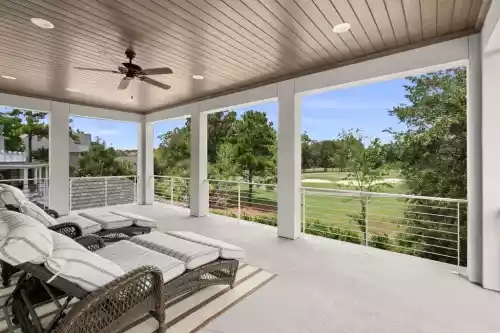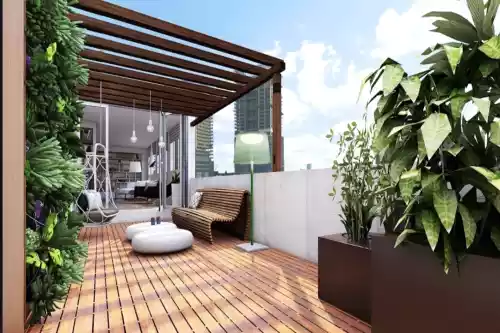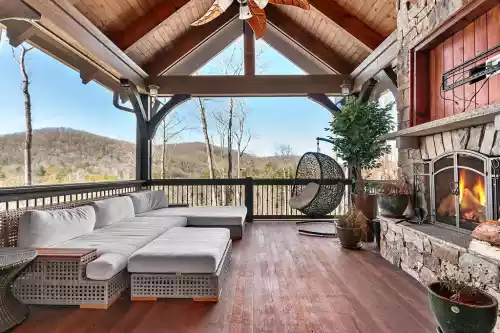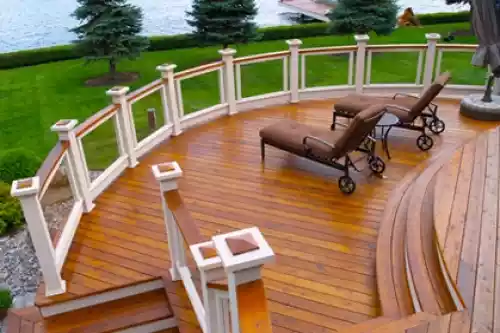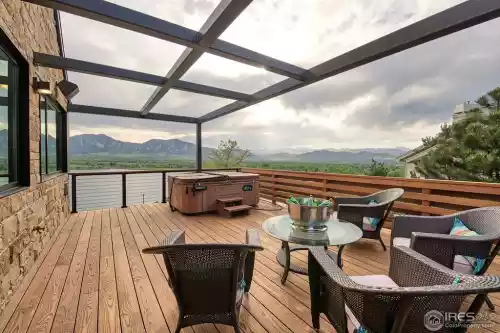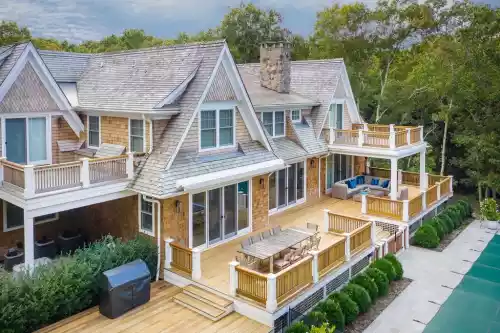

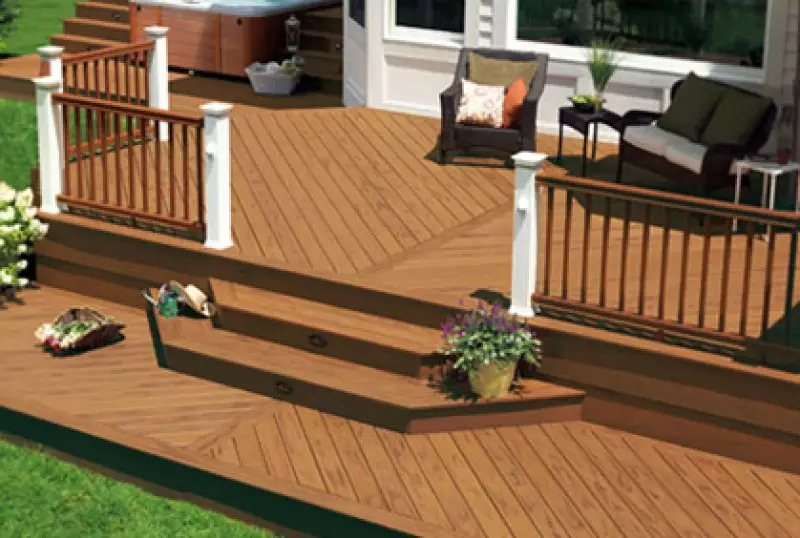
Balusters are the vertical components of the railings that are stationed in between each post. Balusters provide a protective barrier along your deck, providing a safe environment for you and your guests. As a result, it is important that you choose a material that is sturdy and long lasting, especially for decks that are built more than a few feet off the ground. Composite is a great material to use for balusters because of its strength and durability. In addition, manufacturers try to help make installation easy with a few hidden tricks. Deck baluster installation can be done by yourself using composite materials because you do not need to worry about splintering or breaking the wood during set up. Floor boards are also easy to install with the use of hidden composite deck fasteners. These fasteners are fixed on the sides of the boards, connecting each plank from the inside, creating a surface free of nail and screw indentations. Hidden fasteners are a great addition to any type of veranda decking design ideas because they add a flawless, seamless appearance.


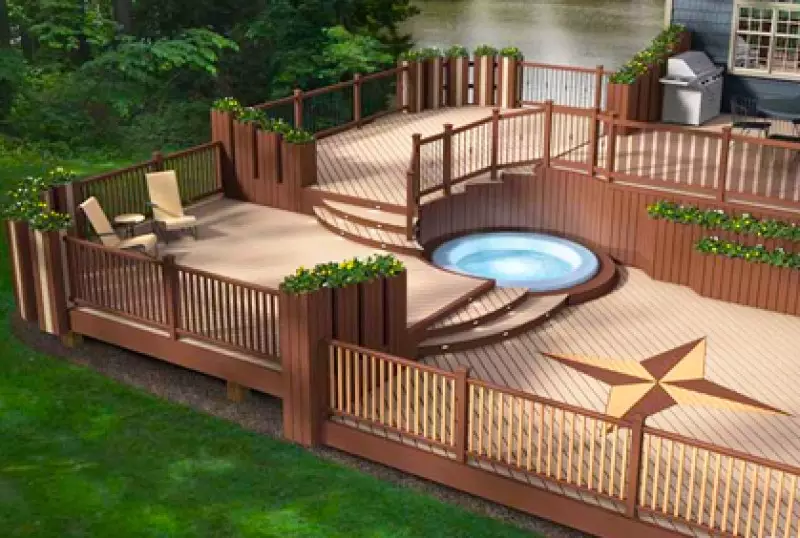
As weve already said, composite is popular among 2022 deck design trends because it is an eco-friendly option for construction as it is made of recycled decking material. In addition to being an excellent green alternative, composite is one of the best material for building a deck because it is easy to install, easy to maintain, and very durable against excessive moisture and inclement weather condition. Composite decking comes in different colors so you do not have to paint it. However, there are many types of composite deck stain colors that can be used to alter the color and enhance the look of your deck. Another advantage of composite is that it is a great maintenance free decking material. How to clean composite decking is easy because it usually involves sweeping off the dirt and debris with a broom and hosing down the surface. For decks that are extremely dirty, using a power washer with a deck cleaning product is necessary. The best composite deck cleaner to use is a mild detergent that can removed stains caused by dirt, mold and mildew buildup.


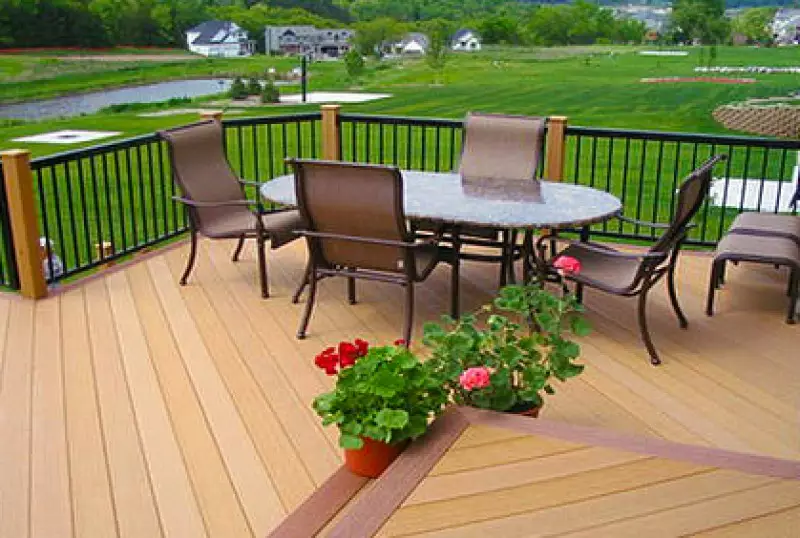
The type of composite products you use for the construction of your deck will depend entirely on the style and design you are trying to achieve. One of the best ways to get inspiration for your dream home is to view design images and photos of the top 2022 trends in deck plans. You can find a variety of design ideas in our free deck photo gallery, including award winning plans and dcor. We offer many images of composite deck designs that can be incorporated into any style house. In addition, you can find beautiful pictures of diy deck ideas for any sized home. Large decks tend to allow for more elaborate plans, however, smaller decks create a cozier, homier environment for your outdoor living space. Viewing small deck design ideas & pictures will provide you with the most popular styles and decorative schemes of the past year as well as future trends in outdoor dcor for the upcoming 2022 season. These galleries show the top rated design plans, color schemes, and material choices from both diy homeowners and experts to help you make the best choice for your home.


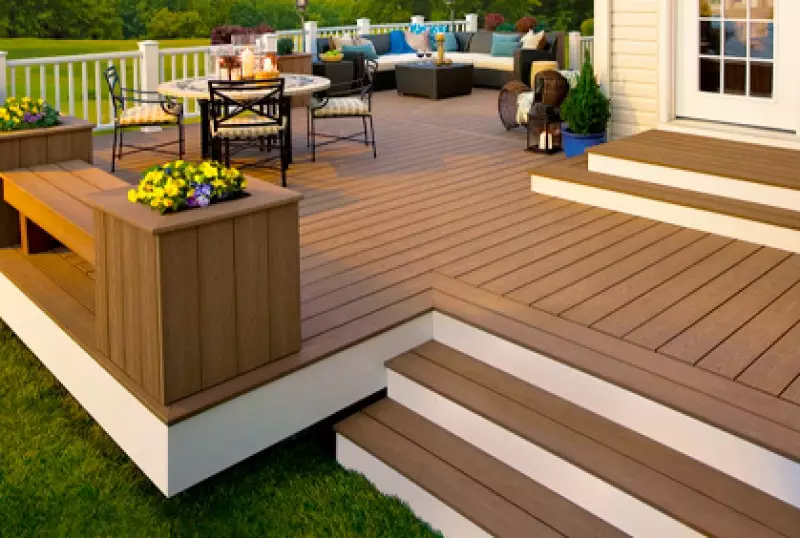
One of the most commonly asked a question about artificial decking materials is what is a composite deck made of. Composite decking is a synthetic lumber made of a combination of wood and plastic fibers to create a durable and inexpensive material for outdoor construction. Some of the most popular outdoor diy home design ideas include building a synthetic wood deck using plastic composite lumber or other materials. Alternative decking materials, such as composite, are becoming a huge trend in outdoor design because of its ease of use, availability, and ecological benefits. While natural wood is not hard to come by, it is not a renewable material making it a non-green option. Composite decking material, on the other hand, is most commonly made from recycled plastic lumber making it an environmentally friendly option for your deck. This article is a great source of information on the best composite decking ideas as well as the pros and cons of using synthetic lumber as an alternative to natural wood.


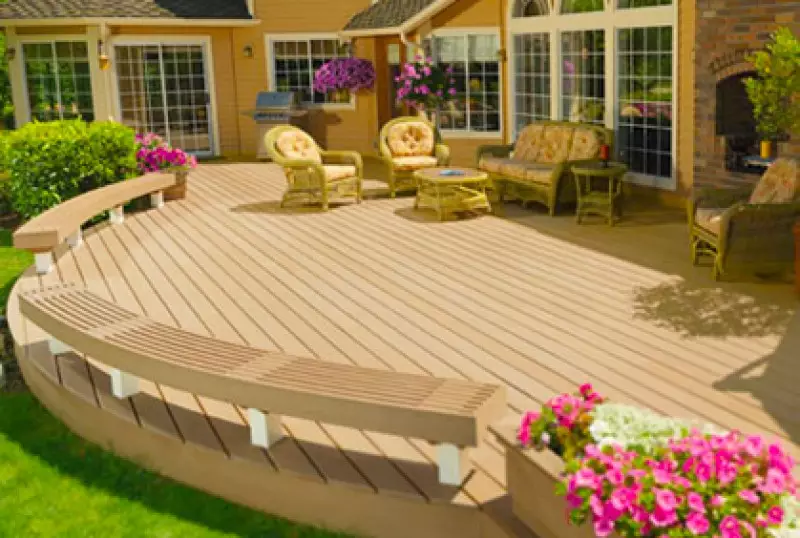
In addition to the color choices available with composite wood, this material also comes in various styles and textures. You can purchase boards, deck tiles, balusters, railings, and posts to install on your deck. Deck tiles are a very popular outdoor flooring option because they are easy to use and quick to install. Composite decking tiles are made to form interlocking boards with connecting tabs to snap them into place. Not only do these tabs make installation quick and easy, but they help create a flooring surface that is not permanent. Deck tiles form a floating surface that does not destroy the existing flooring and allows you to change the design of your outdoor space very easily. You can also purchase composite deck railing systems that use this synthetic material to construct balusters, posts, and railings to install along the exterior of your deck. Composite railings are a great addition to both natural and synthetic wood decks because they are long lasting and durable. Azek decking reviews suggest that composite is one of the best materials to use for railings.


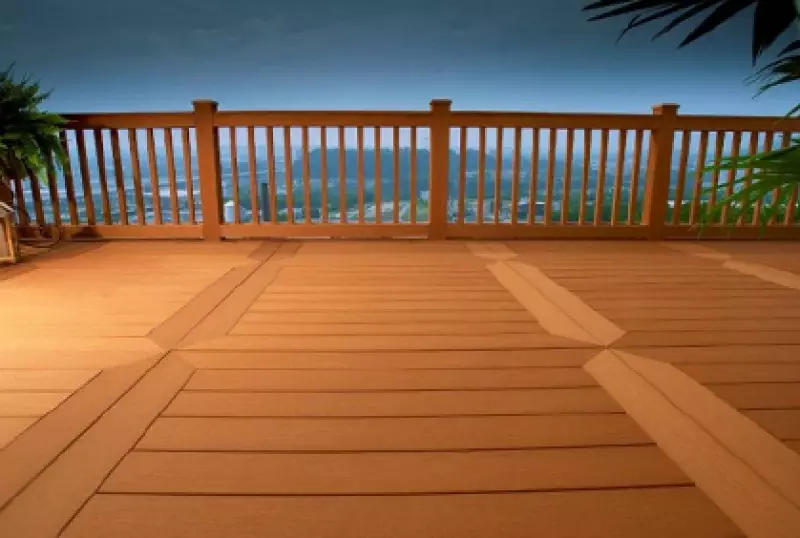
It can be hard to choose between composite or wood deck ideas because of the advantages of natural lumber. The top composite decking material reviews of 2022 suggest that this material is superior to wood because of its makeup and easy maintenance. In addition, composite decking takes on many of the benefits of treated lumber in that it is long lasting, strong, and does not chip or crumble like other materials. However, the downside to using composite is the cost, which tends to be more expensive than natural lumber. Popular timber decking ideas make use of inexpensive and readily available woods such as oak, cedar, and redwood. These woods tend to require waterproofing or re-staining every few years to maintain a beautiful look, where as composite decking does not receive as much damage. Plastic pvc decking is another alternative material for a deck. Pvc vs composite decking comparisons suggest that plastic is a cheaper and more weather proof option, however composite material is more aesthetically pleasing and thus more popular.
